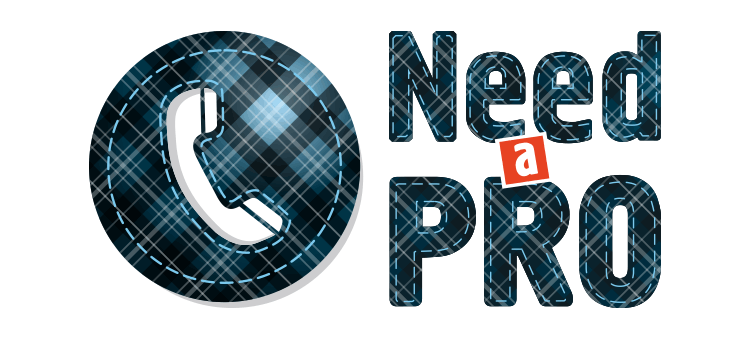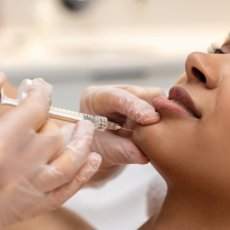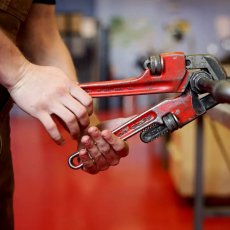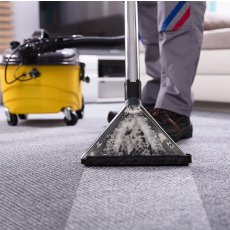Massage therapy
Massage is an ancient therapy that works by stroking, kneading, tapping or pressing the soft tissues of the body.
Summary:
Massage therapy has been used for centuries.
There are several types of massage - ranging from soft and gentle to vigorous and brisk.
There is no scientific evidence that massage can treat cancer.
What is massage therapy?
Massage is a technique that applies pressure to parts of the body by stroking, kneading, tapping or pressing. It aims to relax you mentally and physically. Massage may concentrate on the muscles, the soft tissues, or on the acupuncture points.
Massage techniques can range from being soft and gentle to vigorous and brisk. They may sometimes even be a bit uncomfortable. Therapists may treat your whole body or concentrate on a specific part, such as your head, neck or shoulders.
There are several types of massage:
- Swedish massage – most common type of full body massage
- aromatherapy massage - massage with essential oils
- deep tissue massage – used for long standing, deep muscular problems
- sports massage – used before or after sport or to help heal sports injuries
- Shiatsu - uses acupressure and stretching
- neuromuscular massage – helps to balance the nervous system and the muscles
Why people with cancer use it
One of the main reasons people with cancer use massage is because it helps them feel good. It is a way they feel they can help themselves.
Generally, massage therapy can help lift your mood, improve your sleep and enhance your well being. There is some evidence to help support these benefits.
Massage for people with cancer is promoted as a natural way to help you relax and cope with:
- stress
- anxiety
- headaches
- pain
How you have it
On your first visit, the therapist asks you some general questions about your health, lifestyle and medical history. They might ask to speak to your GP if they are concerned that massage could interfere with your health or any medicines you are taking. In general, it is rare that your doctor will say no.
When you have shiatsu massage you normally lie fully clothed on soft mats on the floor.
With most other massage therapies, you lie on a massage table for your treatment. You might need to take off your clothes, except for your underwear. Your therapist then covers you in a gown or large towels, exposing only the parts of your body that they are working on.
When you have a whole body treatment, you lie face down for the first half of the treatment, then on your back for the rest of it.
Most massage sessions last an hour, but this can depend on your therapist. Your therapist might play some relaxing music during the session.
The amount of pressure your therapist applies when massaging you can vary greatly between the types of massage. Most people say that having a massage is very relaxing and soothing. But you should let your therapist know if you feel uncomfortable and want them to stop at any time.
Your massage therapist may advise you to drink a glass of water when your treatment has finished because you might feel thirsty.
Remember that your therapist should never massage your genital area or touch you in what you feel is a sexual way. You can stop the session and leave if you are uncomfortable at any time during your massage.
Side effects
Most people don’t have any side effects from having a massage. But you might feel a bit light headed, sleepy, tired or thirsty afterwards. Some people can feel a bit emotional or tearful for a while.
Research into massage and cancer
There is no scientific evidence that massage can treat cancer. But it is commonly used to help people feel better, and to reduce some cancer symptoms and treatment side effects.
Trials have been carried out to find out whether massage can help people with cancer but many are small studies.
For cancer symptoms
Several small studies have been done to see if massage can reduce symptoms such as pain, feeling sick (nausea), anxiety, depression, anger, stress and tiredness (fatigue). The results have been inconclusive due to the poor quality of the studies.
One study looked at the effect massage could have on pain and anxiety after abdominal colorectal surgery. The study results indicated that massage after colorectal surgery improved patients perception of pain and anxiety but their overall satisfaction did not change. More studies are needed.
For women with breast cancer
In 2011, a UK review looked specifically at trials using massage for women with breast cancer. There were 6 trials and the reviewers said that massage seemed useful as a supportive therapy. It seemed to help with symptoms of depression, pain and tiredness. But larger studies are needed.
In 2009, a German trial looked at massage therapy for physical discomfort and mood disturbances in women with breast cancer. 86 women took part. Half had massage and the other half did not.
The women who had massage reported less pain, tiredness and discomfort and less mood disturbances. The researchers reported that massage seemed to be a helpful treatment for women after breast surgery.
For people with advanced cancer
In 2011, Italian researchers looked at the use of massage in people with advanced cancer. They studied 20 trials and felt that massage therapy was a cost effective treatment that could help to reduce pain, anxiety, and depression in people with cancer who were seriously ill.
Teaching massage to carers
In 2012, a US study looked at teaching carers to give simple massage to people with cancer. The carers were given a DVD and an instruction manual. They were advised to practice at least 3 times a week. Another group of carers were advised to read to the person with cancer at least 3 times a week.
The study found that all the participants had significantly reduced cancer symptoms. But there was more reduction in the people who had massage.
The carers trained to give massage showed more confidence, comfort and skill in using touch and massage at the end of the study.
Who shouldn’t use massage therapy
People with cancer should avoid very deep massage. Gentler types may be safer.
Some people worry that having a massage when you have cancer may make the cancer cells travel to other parts of the body. But no research has proved this to be true.
Sometimes massage techniques might need to be adapted if you:
- are having cancer treatment
- are very weak
- have bone fractures
- have heart problems
- suffer from arthritis
- are pregnant or breastfeeding
Always talk to your cancer doctor or specialist nurse before using any type of commercial massage therapy. An adapted treatment offered from a therapist in a cancer care centre or hospice might be more appropriate for you.
Avoid massaging any area of your body where you are having radiotherapy to. And don’t have massage to areas where your skin is broken, bleeding or bruised.
You should avoid general massage therapy to your arms or legs if they are swollen because of lymphoedema. Lymphoedema is a build up of fluid due to the lymphatic system not draining properly. This might be a result of surgery to remove the lymph nodes, or damage to the lymph nodes or lymphatic vessels from radiotherapy.
There is a specific type of massage used for lymphoedema called manual lymphatic drainage (MLD). This is a very specialised treatment and people who need MLD are referred to a lymphoedema specialist by their doctor or specialist nurse.








 Vectora Design
Vectora Design